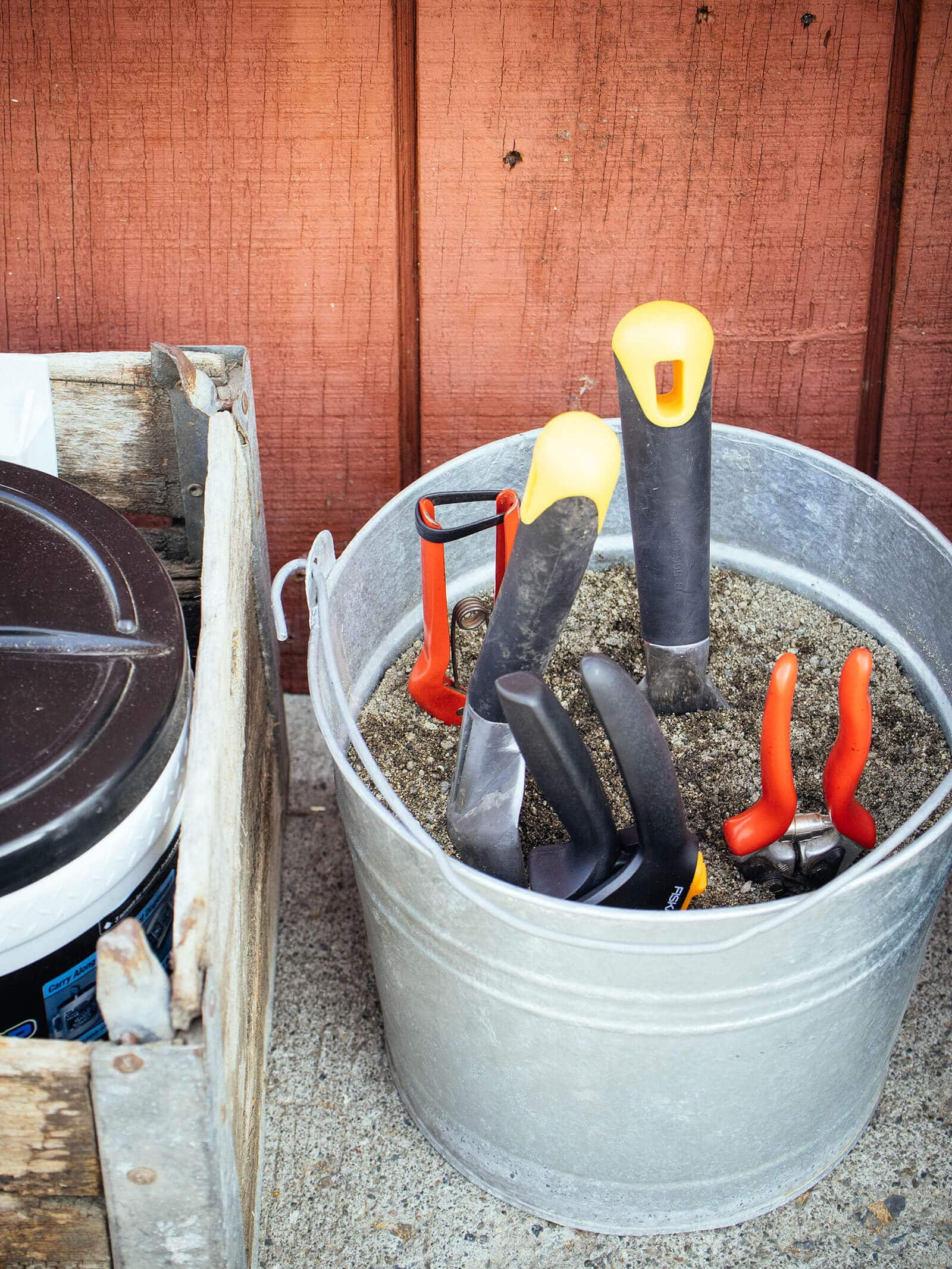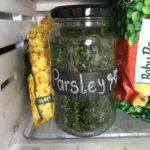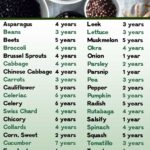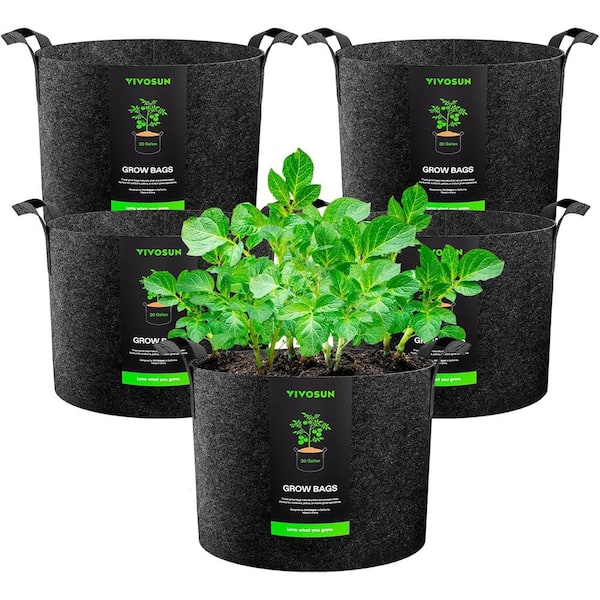Maintaining your garden tools in pristine condition is not just about aesthetics; it’s about efficiency and durability. The creation of a DIY Tool Cleaning Station can be the fastest way to clean garden tools, ensuring your equipment is always ready for action.
Whether it’s after a long day of gardening or as a routine maintenance practice, having a dedicated space for cleaning your tools will simplify the process and save you time. Let’s delve into the hows and whys of setting up your own cleaning station and the best practices for keeping your tools spotless and sharp.
Create a tool cleaning station
Designating a specific area for your garden tool upkeep is crucial. Your cleaning station should be easily accessible and preferably close to where your tools are stored. This could be a corner of your garage, shed, or even a space in your backyard. Ensure that this station is equipped with a sturdy surface for scrubbing tools and is near a water supply for rinsing.
Organize your cleaning supplies in one convenient location. Items such as steel wool, scrub brushes, sandpaper, and cleaning solutions should be on hand. Also, consider the environment; outdoor stations will need weatherproofing to protect your supplies.
Installing hooks or shelves can help keep your cleaning area tidy. Not only does organization make the process more efficient, but it also prevents accidental damage to your tools or injury to yourself.
If possible, include a basin or sink in your station design. A dedicated sink for tool cleaning prevents cross-contamination with household items and makes for an easy clean-up.
Remember to think about waste disposal. Whether it’s used oil or dirty water, plan how you’ll dispose of these materials without harming the environment.
How to set up your DIY tool cleaning station?
Setting up your DIY tool cleaning station requires a few simple steps. First, choose a space that is both convenient and capable of handling a bit of mess. Next, gather the necessary supplies for cleaning and maintaining your tools.
Install shelving or pegboards to hang tools and keep supplies within arm’s reach. A magnetic strip is also handy for keeping small metal items like nails and screws in check.
Consider the flow of your station. Place cleaning supplies before the rinsing area and have a space for drying and storing tools post-cleanup.
Good lighting is essential. You want to be able to spot any rust or dirt on your tools easily.
Safety should be a priority. Keep gloves, goggles, and other protective gear close by to use during the cleaning process.
What is the best method to clean garden tools?
The best method to clean garden tools involves a few key steps: scrape off any excess dirt, wash the tools with soapy water, and dry them thoroughly. Regular cleaning prevents the buildup of harmful pathogens and substances that can cause corrosion.
For tools with moving parts, such as pruners, disassemble them if possible before washing. This allows you to get into the nooks and crannies where dirt can hide.
Oil moving parts after cleaning. This not only helps in preventing rust but also ensures that the tools function smoothly.
If tools have come into contact with diseased plants, disinfect them with a solution of one part bleach to nine parts water to prevent the spread of disease.
After cleaning and drying, rubbing down metal surfaces with an oily rag can help to create a barrier against moisture and rust.
How to remove rust from garden tools with vinegar?
Vinegar, with its acetic acid, is an excellent natural rust remover. Soak rusted parts in a vinegar solution, or if the tool is too large, apply vinegar directly to the rusted area and let it sit.
After soaking, use a scrub brush or steel wool to remove the loosened rust. For stubborn areas, a little baking soda added to the vinegar can provide extra abrasiveness.
Once the rust is removed, rinse the tool with water and dry it thoroughly to prevent new rust from forming.
It’s important to oil the tool after the rust removal process, as vinegar can strip protective coatings leaving the metal vulnerable.
How to clean and sharpen garden tools effectively?
Cleaning and sharpening are both vital for the longevity and effectiveness of your garden tools. After cleaning off any dirt and grime, use a file or sharpening stone on the cutting edges of your tools.
Maintain the original angle of the blade while sharpening, and work in one direction to create a consistent edge.
For shears and pruners, sharpen only the beveled edge. Sharpening the flat side can ruin the alignment of the blades.
Once sharpened, protect the edge and prevent rust by coating it lightly with oil.
Always store your tools in a dry place to maintain their newly sharpened edges and prevent corrosion.
How to clean secateurs with vinegar?
Secateurs, or pruning shears, often get gummed up with sap and plant residue. To clean them with vinegar, create a mixture of equal parts water and vinegar.
Soak the secateurs in the solution, focusing on the blades and any moving parts. The acidity in the vinegar helps to dissolve the sap.
After soaking, use a brush to scrub away any remaining residue. Rinse with water and dry completely.
Oiling the blades and moving parts after cleaning will keep them in optimal condition.
What supplies are essential for cleaning garden tools?
- Soap and water for basic cleaning
- Vinegar for rust and sap removal
- Lubricating oil to protect and maintain moving parts
- Sandpaper or steel wool for scrubbing away rust
- A file or sharpening stone for blade maintenance
- Rags or towels for drying tools
- Protective gear like gloves and goggles
With these supplies, you’re well-equipped to tackle most garden tool maintenance tasks.
Related Questions on Tool Maintenance
What’s the best way to clean garden tools?
The best way to clean garden tools is to first remove all dirt and debris using a stiff brush. Then, wash them with soapy water and rinse thoroughly. Disinfect the tools if necessary, and finish by drying and lightly oiling the metal parts to prevent rust.
For sharpening, use the appropriate sharpening tools like files or stones, respecting the blade’s angle. Consistent, simple maintenance after each use will prolong the life of your tools.
How long to soak garden tools in vinegar?
Garden tools should be soaked in vinegar for at least 30 minutes to a few hours, depending on the extent of the rust. Heavily rusted tools may benefit from an overnight soak. Always rinse and dry the tools afterward to prevent further rusting.
Does hydrogen peroxide clean garden tools?
Hydrogen peroxide can be used as a cleaner and disinfectant for garden tools. It’s especially effective for sanitizing tools that have been exposed to diseased plants. Soak the tools in hydrogen peroxide for a few minutes, then rinse and dry.
What is the best way to clean dirty tools?
The best way to clean dirty tools is to scrub off any caked-on dirt with a wire brush or sandpaper, wash with soapy water, rinse thoroughly, and dry. For greasy or sticky tools, use a degreaser or mineral spirits prior to washing.
Before we conclude, let’s take a moment to watch a helpful tutorial on tool maintenance:
Remember, the key to keeping your garden tools in top shape is regular maintenance. A DIY Tool Cleaning Station is not just about the fastest way to clean garden tools; it’s about creating a habit of care that will contribute to a more pleasant and productive gardening experience.






